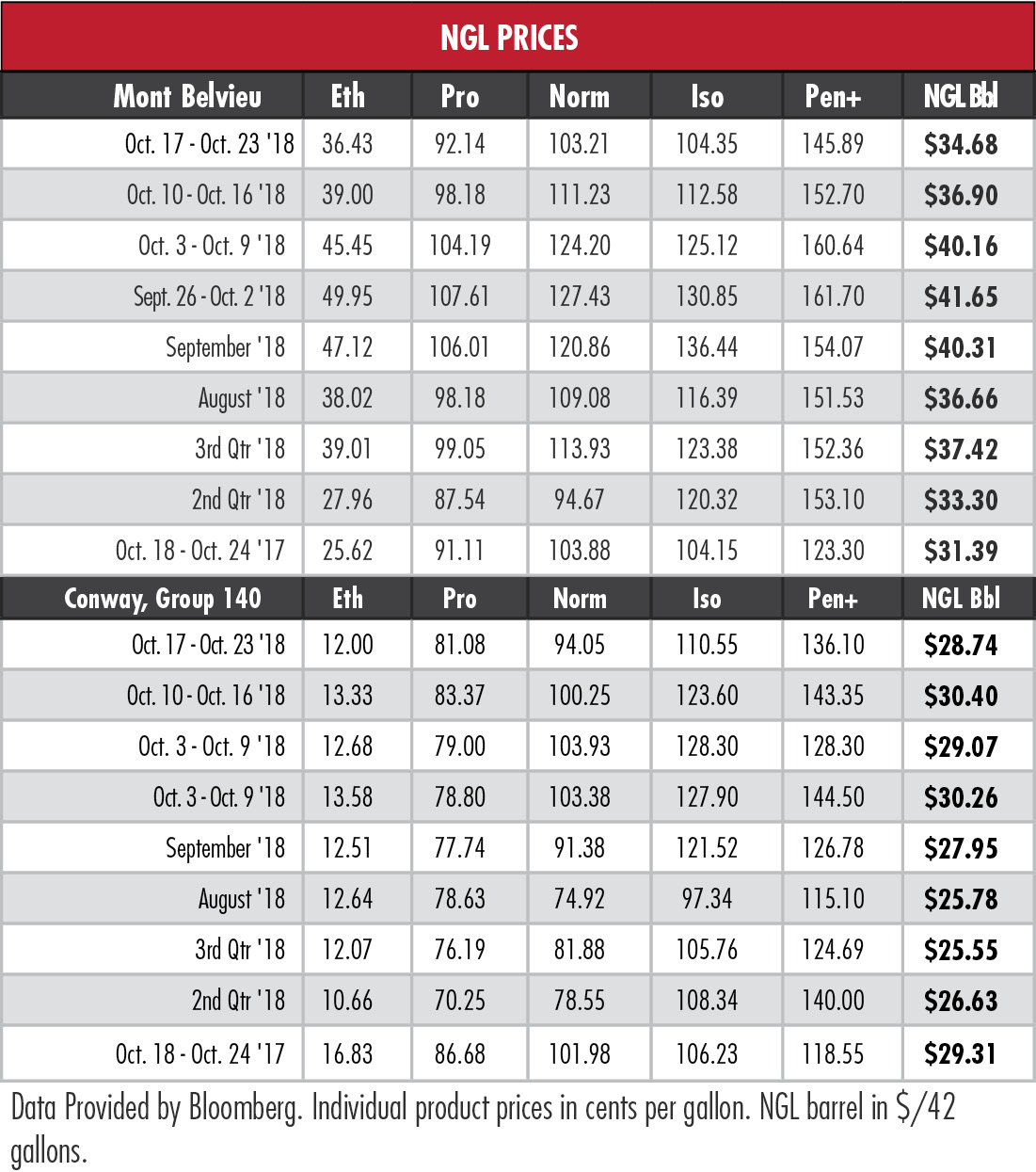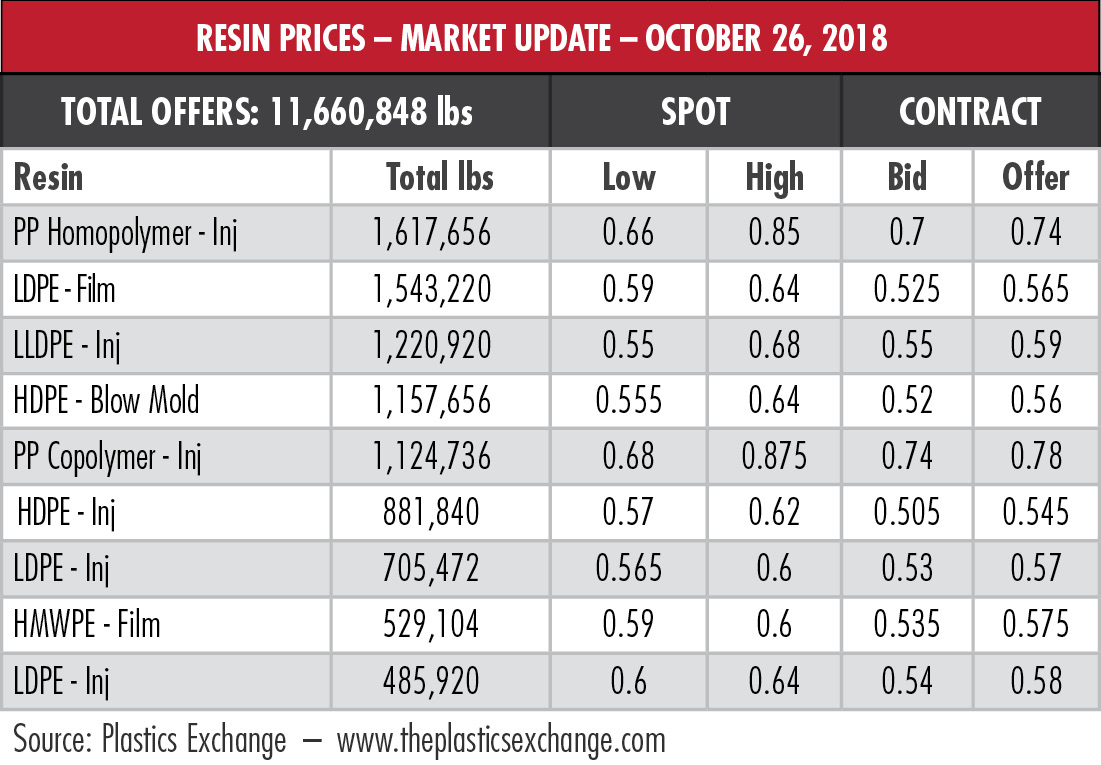
Here’s the thing: the products moved by the members of this industry are only valuable because they are volatile. In the ground, oil and gas represent potential energy. When they burn, they power modern civilization.
Now that might be a simple—perhaps simplistic—explanation gifted to me by an analyst of why this gargantuan global industry exists, but I suspect it is not obvious to all.
 From a Kentucky newspaper: “Houston-based energy giant Kinder Morgan has officially asked to cancel their plans to convert a more than 70-year-old, 2-ft diameter pipeline from natural gas service to transport of hazardous natural gas liquids (NGLs).”
From a Kentucky newspaper: “Houston-based energy giant Kinder Morgan has officially asked to cancel their plans to convert a more than 70-year-old, 2-ft diameter pipeline from natural gas service to transport of hazardous natural gas liquids (NGLs).”
Don’t fixate on the use of “their” instead of “its.” Focus on “hazardous,” which has morphed into a pejorative. It really means risky or dangerous, as in “don’t light your cigarette when fueling your car because gasoline is a hazardous material.” So, use gasoline but be careful around it.
That is appropriate because filling a vehicle’s tank is so routine that motorists need to be reminded of the risk. They accept that risk because they are confident that, by taking reasonable precautions, their local station is relatively safe. And it is. Outside cooking on a propane grill, using reasonable precautions, is also considered to be relatively safe. And it is.
 Park the word “hazardous” near the words “energy giant” and what is the connotation? Evil. In this context, inserting the word “hazardous” is unnecessary and serves only to imply that the inherent acceptable risk in an activity is, in fact, unacceptable. (See natural gas, fracked).
Park the word “hazardous” near the words “energy giant” and what is the connotation? Evil. In this context, inserting the word “hazardous” is unnecessary and serves only to imply that the inherent acceptable risk in an activity is, in fact, unacceptable. (See natural gas, fracked).
Kinder Morgan Inc. (NYSE: KMI) announced in its third-quarter earnings report that it would not proceed with its proposed Utica Marcellus Texas Pipeline project, which would have converted part of the Tennessee Gas Pipeline to NGL use. Kinder Morgan asked the Federal Energy Regulatory Commission to vacate its authorizations. The company is instead looking to utilize that segment of the pipeline to move gas to the Gulf Coast.
The project was unable to generate sufficient shipper interest to warrant moving forward. It also attracted a slew of lawsuits from government and non-government organizations, environmental organizations and landowners opposed to the project.
No word on whether the campaigns that sought to defeat Kinder Morgan’s project involved the use of electronic devices that incorporate materials derived from NGL.
The hypothetical NGL barrel at Mont Belvieu, Texas, lost 6% of its value last week, extending its decline to four weeks in which it is down 16.7%. Ethane continued its tumble from its mid-September high, falling 6.6% last week and 28.1% since the five-day average topped 50 cents per gallon (gal) five weeks ago.
Ethane’s margin narrowed considerably from last week’s 17.6 cents/gal at Mont Belvieu as did the rest of the NGL. The barrel’s margin contracted by 8.8% last week.
 Propane’s Mont Belvieu price has dropped 14.4% since hitting a high for the year at the start of October. Butane is off 19% during that time. Isobutane’s price has declined 29.5% since hitting its high for 2018 five weeks ago. C5+ is down 9.8% in the last three weeks.
Propane’s Mont Belvieu price has dropped 14.4% since hitting a high for the year at the start of October. Butane is off 19% during that time. Isobutane’s price has declined 29.5% since hitting its high for 2018 five weeks ago. C5+ is down 9.8% in the last three weeks.
In the week ended Oct. 19, storage of natural gas in the Lower 48 experienced an increase of 58 billion cubic feet (Bcf), the U.S. Energy Information Administration reported, compared to the Bloomberg survey’s 52 Bcf. The figure resulted in a total of 3.095 trillion cubic feet (Tcf). That is 16.4% below the 3.701 Tcf figure at the same time in 2017 and 16.8% below the five-year average of 3.719 Tcf.
Joseph Markman can be reached at jmarkman@hartenergy.com or @JHMarkman.
Recommended Reading
What's Affecting Oil Prices This Week? (Nov. 4, 2024)
2024-11-04 - For the upcoming week, with the increased geopolitical risk and OPEC+’s delay in phasing out its production cut, Stratas Advisors expect that the price of Brent crude could test $77.
What's Affecting Oil Prices This Week? (Oct. 21, 2024)
2024-10-21 - Currently, Stratas Advisors are forecasting that oil demand will increase by 1.20 MMbbl/d in 2024. Earlier this year, OPEC was forecasting 2.25 MMbbl/d of oil demand growth.
What's Affecting Oil Prices This Week? (Dec. 16, 2024)
2024-12-16 - For the upcoming week, Stratas Advisors expect oil prices will move sideways with more downside risk than upside potential.
What's Affecting Oil Prices This Week? (Nov. 25, 2024)
2024-11-25 - For the upcoming week, a key resistance level for the price of Brent crude is $76. If the price of Brent crude can break above this level, Stratas Advisors could see Brent crude moving toward $80.
What's Affecting Oil Prices This Week? (Jan. 6, 2025)
2025-01-06 - Recent geopolitical news also provided some support for oil prices with the rhetoric heating up between Iran and Israel.
Comments
Add new comment
This conversation is moderated according to Hart Energy community rules. Please read the rules before joining the discussion. If you’re experiencing any technical problems, please contact our customer care team.






